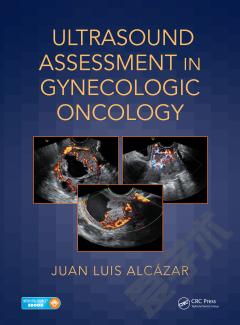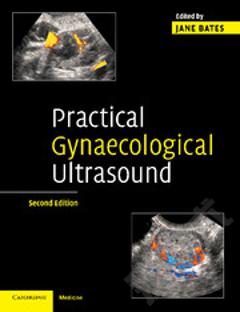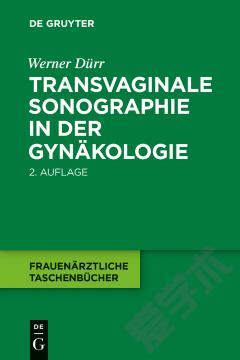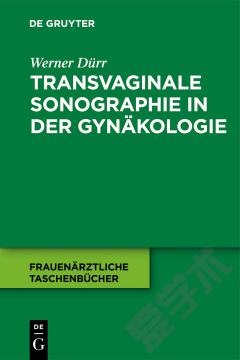Ultrasonography in Gynecology
Ultrasonography is the gold standard as a simple, safe, non-invasive, cost effective, reliable method in evaluation of gynecological diseases especially in infertility assessment and management. This unique new book âUltrasonography in Gynecologyâ offers extensive coverage of technique of USG and comparison with other imaging technology and operative procedures. It highlights the importance of legal counseling and all benign and malignant gynecologic conditions with wonderful pictorial comparison of sonographic findings with actual pathologies. Intelligently selected topics in each section are comprehensive and cover all clinical aspects and different approaches in the ultrasonographic evaluationâincluding 3D ultrasonography, 3D sonohysterography, Doppler imaging, and pelvic floor imaging. The book is easy to read and the practical emphasis is reflected in the structure of the chapters. The fifth section of this book Ultrasonography in infertility is so detailed and that is why it is a must-read book for trainees, beginners, and also for practitioners in Infertility Gynecology and Radiology. âOne Stopâ fertility diagnosis and management is convenient and cost effective to patients. Every detail of sonologic assessment and management of an IVF cycle is written in the last fifteen chapters of this book. It explores the application of ultrasonography for determining ovarian reserves by 2D as well as 3D ultrasound, calculating ovarian volume using Virtual Organ Computer-aided Analysis (VOCAL) to obtain automated follicular measurement using a software program while monitoring follicular growth in oocyte retrieval and transabdominal as well as transvaginal embryo transfer. By describing ultrasound-guided fallopian tube catheterization, hysteroscopic myomectomy under ultrasound guidance, MRI-guided focused ultrasound, and percutaneous ultrasound-guided radiofrequency ablation, it emphasizes the therapeutic value of ultrasound in infertility. It introduces the concept of self-operated vaginal ultrasound as the future for monitoring follicular growth. There are certain chapters which are the highlight of this book like the chapter on Pelvic floor ultrasound which recommends the use of ultrasound as the method of choice for the assessment of pelvic organ prolapse most notably in the differential diagnosis of posterior compartment prolapse. The chapter is written in a very logical format where the functional assessments of the pelvic floor musculature, the imaging of anterior and posterior compartment, and diagnosis of their defects are made easy with the help of well-labeled high-resolution images to aid visual learning. The editorial team of two eminent editors Botros Rizk and Elizabeth Puscheck along with the world-renowned international contributors have combined their expertise and clinical experience to this outstanding book which is hugely referenced, comprehensive, and written step by step from the basic to most complicated case.
{{comment.content}}








 京公网安备 11010802027623号
京公网安备 11010802027623号